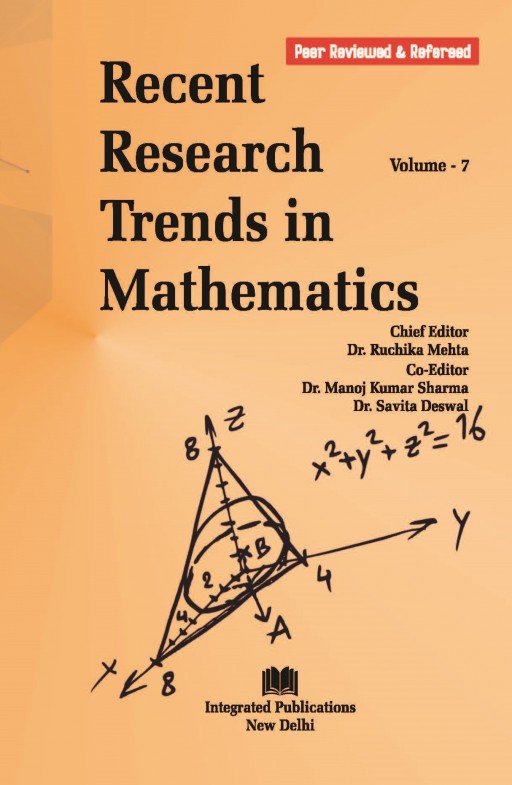Graph theory is a fundamental branch of mathematics that studies the relationships between objects, represented as vertices, and the connections between them, represented as edges. Understanding the properties of graphs is crucial for solving various real-world problems and mathematical assignments. In this chapter, we will study into a classic theorem in graph theory, the handshaking theorem, also known as the handshake lemma. It helps us to determine the total number of edges and vertices present in a graph. This theorem is not only essential for building a solid foundation in graph theory but also has its various applications, including computer networking, social networks, and other related areas. In this chapter, we will study the handshaking theorem and its applications. The Handshaking Lemma has its origins in Leonhard Euler’s famous 1736 analysis of the ‘Bridges of Konigsberg’ problem.
Copyright information
© Integrated Publications.

